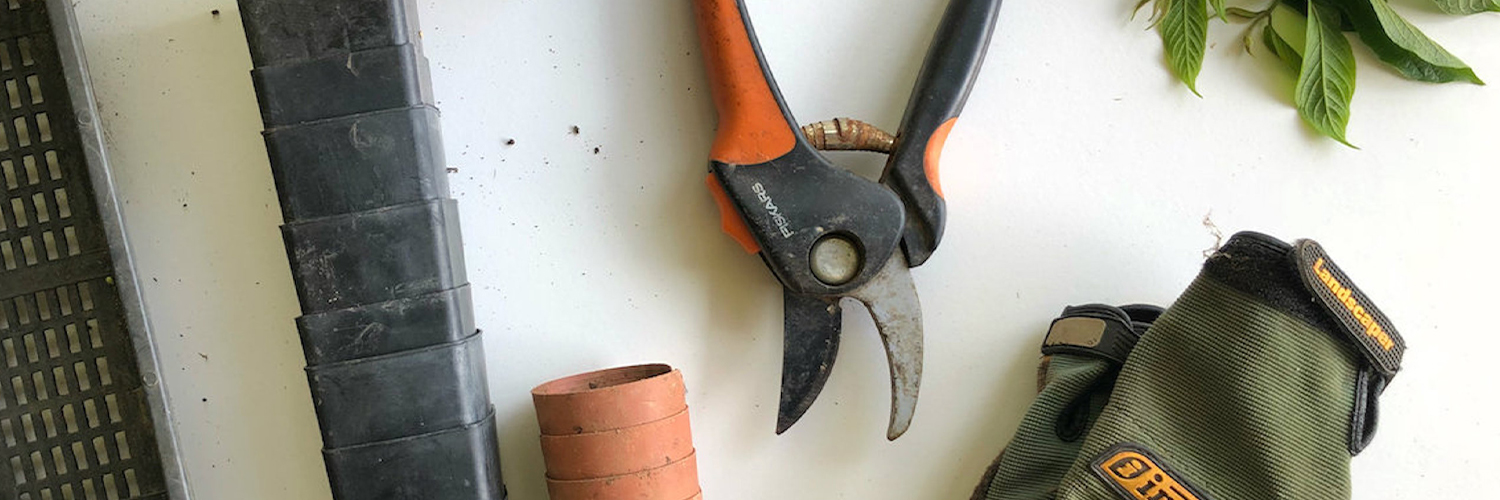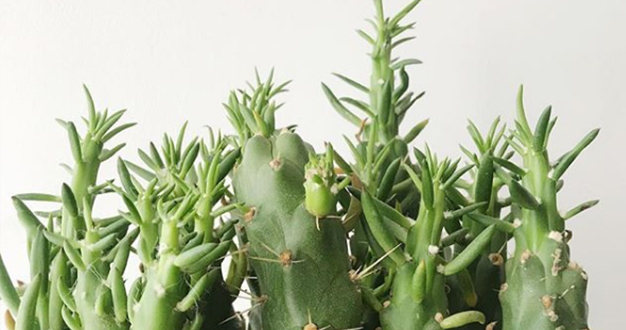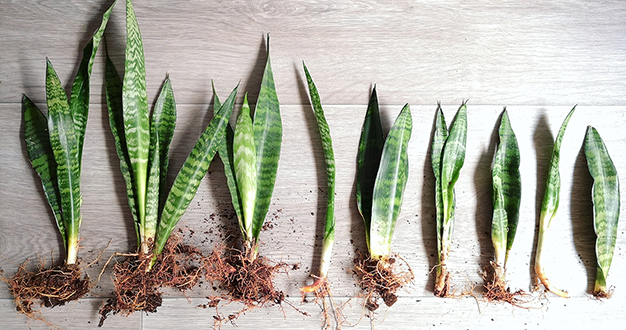
Pruning – it’s one of those gardening topics that can create a lot of questions for homeowners. The most common one being “When should I prune all the different types of trees and shrubs in my landscape?” Before you pick up those clippers, take a look at our season-by-season guide. Here, we explain which types of landscape plants are best to prune – or not prune – in each of the seasons throughout the year. And we share a few important tips and techniques too.

Why It Matters
When it comes to pruning, timing is important. Whenever we trim a plant – no matter how beneficial the pruning may prove in the long run – we introduce a wound that may cause stress, attract damaging insects, or introduce diseases. And a plant’s ability to heal can be supported or hindered, depending on the time of year that you choose to prune. With blooming shrubs, the size and number of blooms will also be affected by the time of year it’s pruned too. So, it’s best to approach any pruning project with a definite goal in mind and careful consideration of the plant’s growth and blooming patterns. That way, every cut we make leads to a successful and beautiful landscape we can enjoy for years to come.
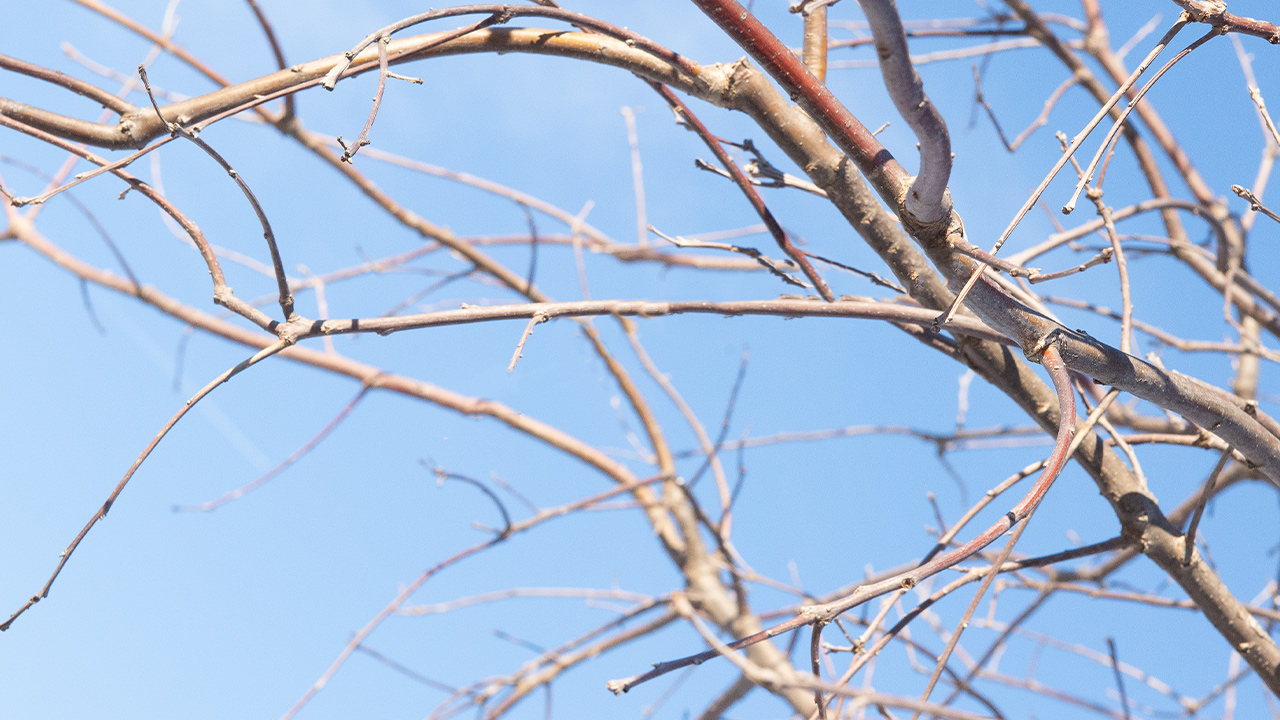
Late Fall + Winter
In the past, horticulturists believed the plants’ dormancy period was the best time to prune most landscape trees and shrubs. But according to Scott Evans of Nebraska Extension, recent research is starting to suggest that we should refrain from winter pruning in most cases. During their dormancy, trees and shrubs aren’t actively growing, so their ability to properly heal from a pruning wound is compromised. This can make the wound more vulnerable to disease later in the year.
There are exceptions to this recommendation though. Dead and diseased branches create a safety hazard for people and the plant itself, so pruning to remove these issues is encouraged any time of the year, including winter.
Winter is also still the best time to prune oak and elm trees because of special disease considerations for these trees. Oaks are susceptible to a fungus that causes oak wilt, and elms are susceptible to another fungus that causes Dutch elm disease. Both fungi are carried by beetles that are attracted to sap from fresh tree wounds. So, for these two groups of trees, it’s better to prune during the winter while these beetles are inactive.
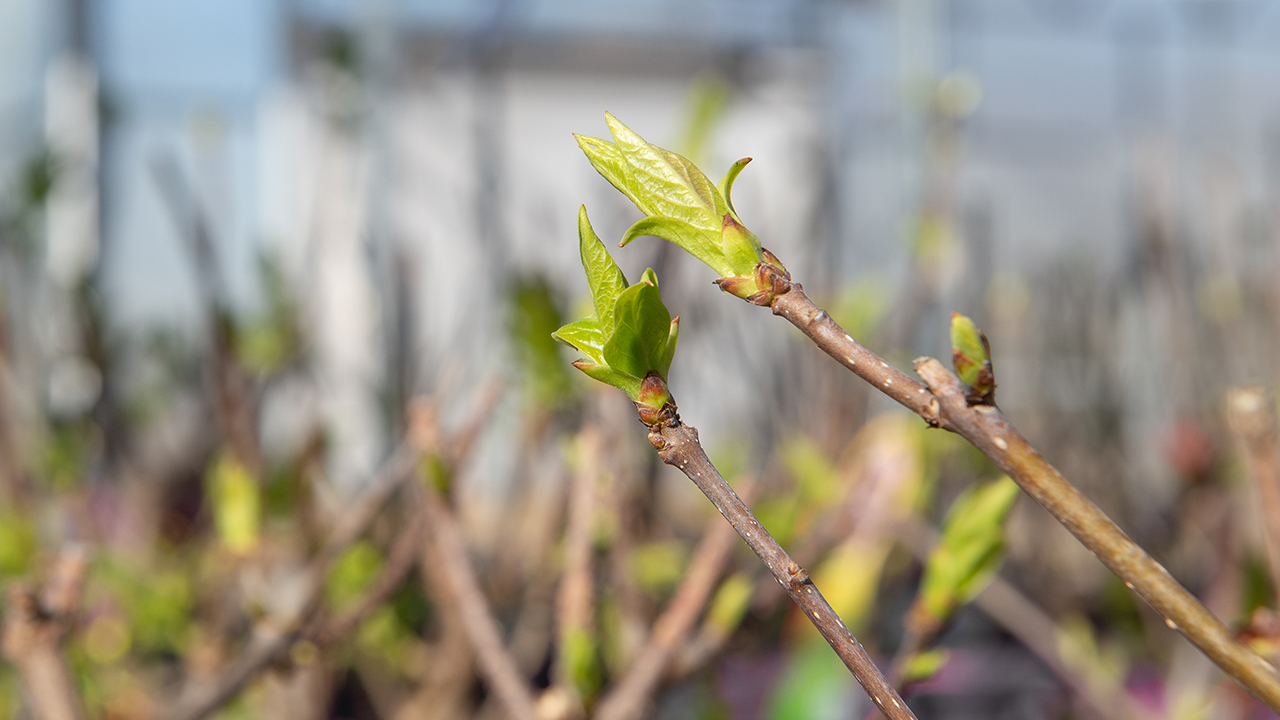
Early Spring
For blooming trees and shrubs, the best time to prune depends on whether they set the next year’s flower buds on old wood or new wood. And for some groups of plants, like hydrangea, spirea, and roses, this can vary with each species within the group. If you’re unsure whether your plant blooms on old wood or new wood, just ask – we’re happy to help you figure it out.
Summer-blooming shrubs like beautyberry, rose of Sharon, butterfly bush, smooth hydrangea, and most roses produce flowers on each spring’s new growth, so they can be pruned in the late winter or early spring before that new growth gets going. This is also the time of year to prune clematis in pruning groups two and three – this includes those that rebloom on both new and old wood as well as those that die down to the ground each winter.
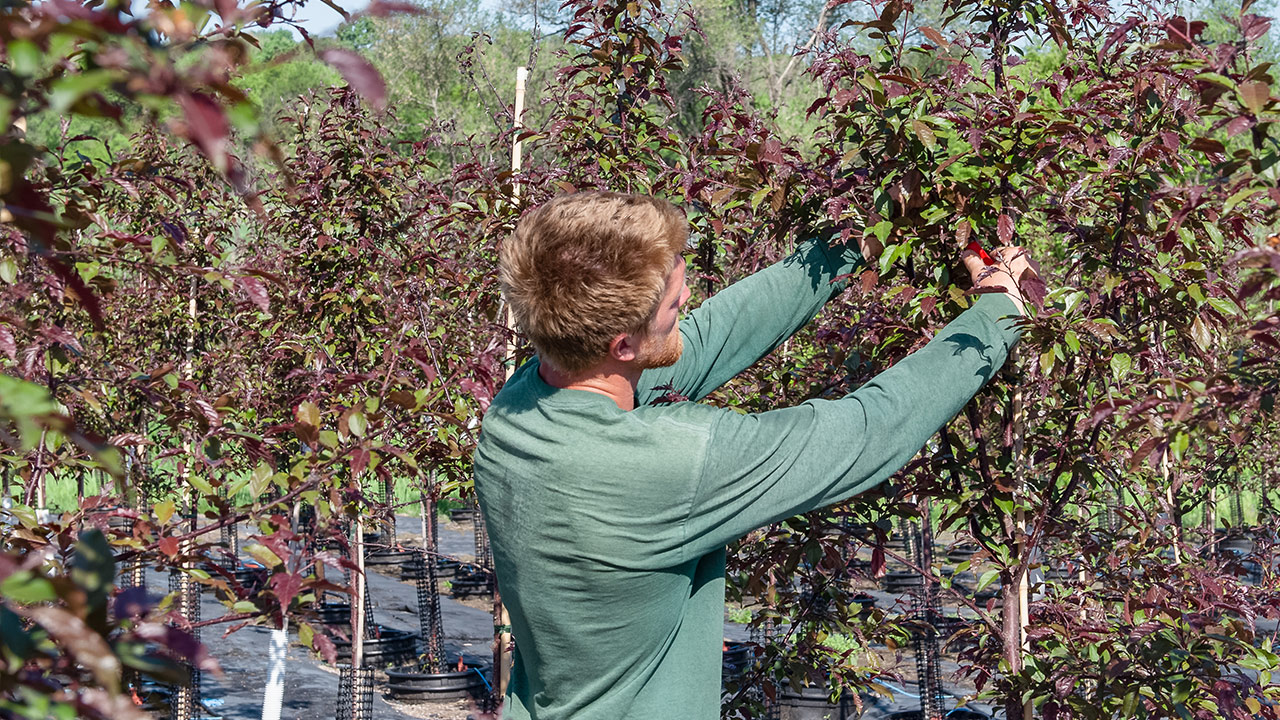
Spring
Mid-spring is the best time to prune most of our trees and shrubs. As the weather warms, these plants come out of their winter dormancy and begin growing again. This period of rapid cell growth helps the plants recover quickly from the cuts we create as we prune. Late May and early June is the preferred time to prune trees and shrubs that are grown primarily for their foliage, such as shade trees, burning bush, barberry, and yews.
Spring-blooming shrubs – such as rhododendrons, lilacs, forsythia, and weigela – bloom on old wood and should be pruned soon after their blooms have faded. Pruning them in the winter or early spring will remove their floral buds before they have a chance to bloom. Pruning right after they’re done blooming also gives them plenty of time to set the following year’s floral buds before the growing season ends.
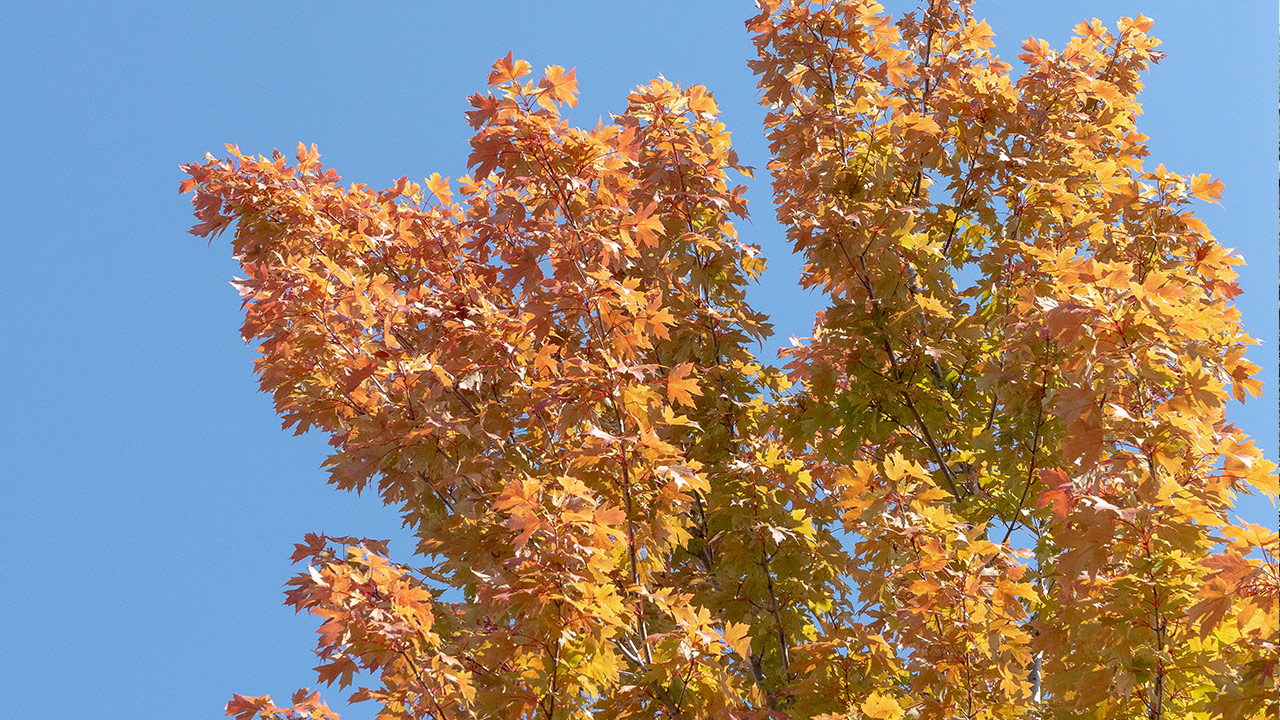
Summer + Fall
In general, summer pruning is not recommended for most trees and shrubs in our landscapes. Heat stress, actively chewing insects, and the prevalence of disease-causing fungi and bacteria make it a risky time to introduce wounds to the plants. And even though many of these stresses start to decline in the fall, pruning late in the season encourages the plant to put on new growth that likely won’t have a chance to mature and prepare for dormancy before the temperatures start to drop. So fall pruning isn’t best either. But, as with winter pruning, if damaged, diseased, or dead limbs and branches are creating safety issues for you or the plant, go ahead and prune them out any time of the year.
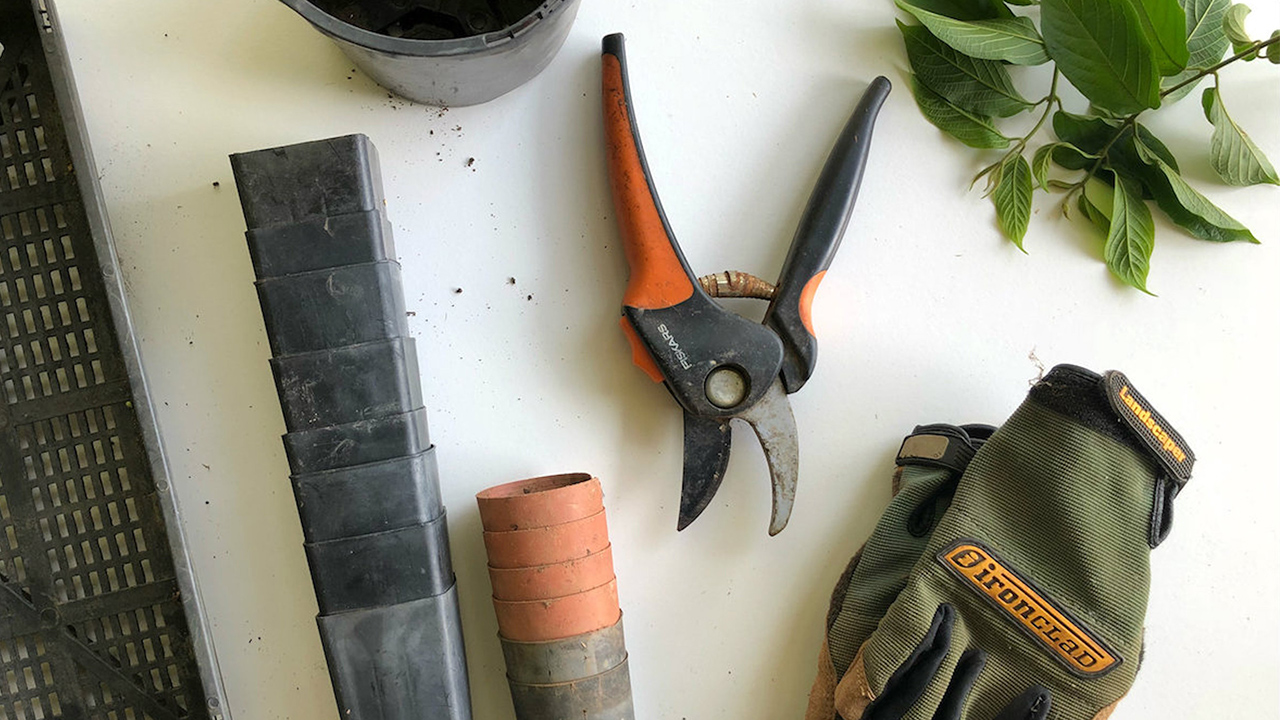
Tips for Pruning Success
For a beautiful result and to protect your trees and shrubs from disease and damage, we have a few pruning tips:
- Always use sharp tools to create a nice clean cut. Ragged cuts slow the healing process and invite insects and pathogens.
- Sanitize your tools often to inhibit the spread of diseases between plants – and even between cuts on the same plant.
- Avoid cutting a branch flush against the trunk. Instead, make the cut just outside of the branch collar – the wrinkled area at the base of the branch where it meets the trunk.
- Never remove more than a quarter of the inner foliage on a tree’s canopy.
- For a fuller, more natural shape in your shrub, prune just one third of the oldest canes to the ground every year or two. Repeated shearing of just the outer edges leads to dense outer growth but thinning foliage in the interior.
- If the job is large enough that you need to use a chainsaw at a point higher than your head, be safe and hire a professional.
- And think twice about the pruning paint. A paint-like product designed to seal the cut is almost always unnecessary and may actually seal in bacteria that can rot the plant from the inside. An exception is when pruning oaks or elms – pruning paint may be helpful in preventing fungus-carrying beetles from entering the wound.
We’re Here if You Need Us
Intentional pruning is an important way to maintain the health, appearance, and longevity of your landscape plants. If you have any questions about when or how to prune your trees and shrubs, just give us a call or stop in – we’re always happy to help.

